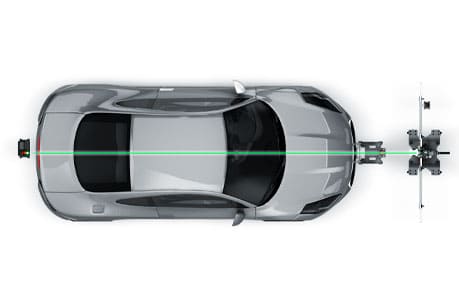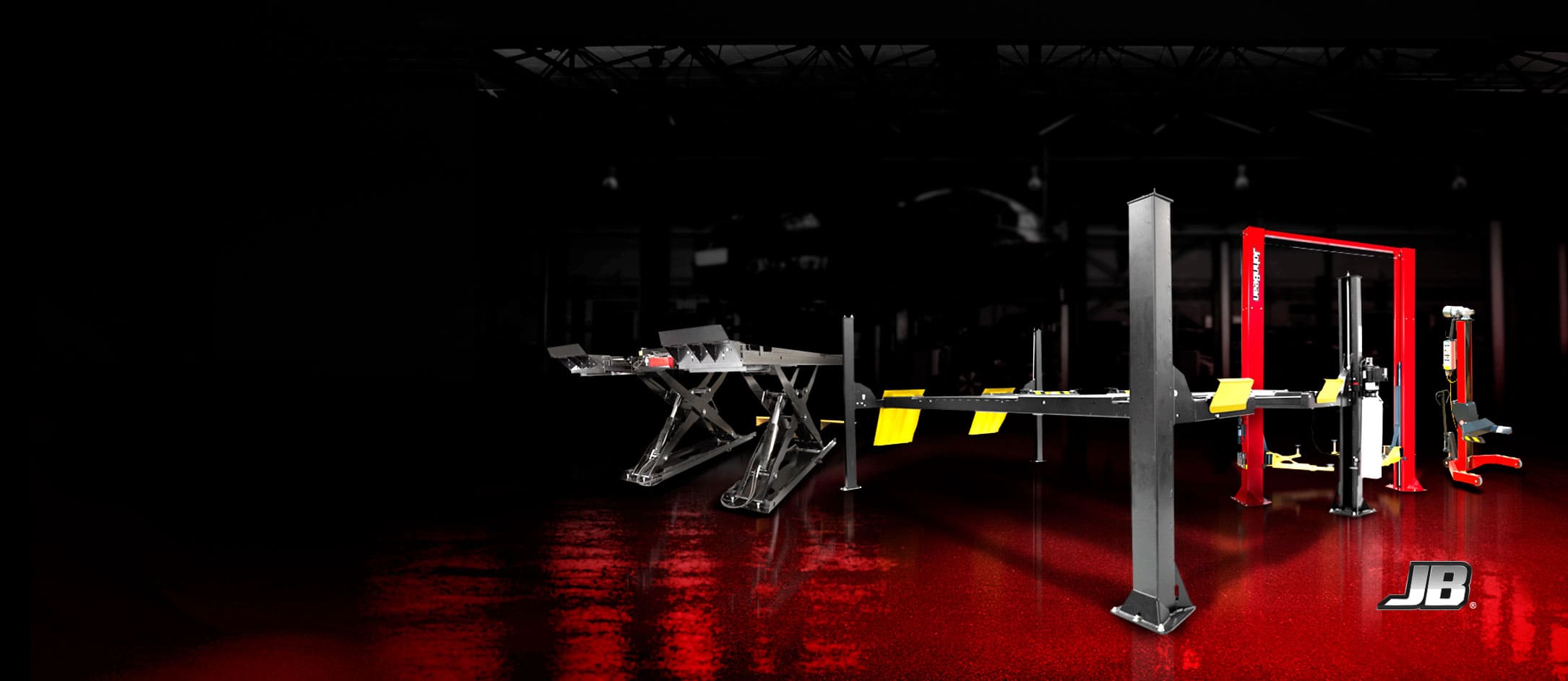We understand that steering angle sensors (SAS) might not be the first thing you think of when considering car parts, but they play a crucial role in today’s vehicle safety systems. These sensors track how your steering wheel moves and where it is positioned, ensuring your car reacts correctly to every turn and adjustment you make.
Think about those intense moments like making a quick turn, losing traction on icy roads, or the instant when your safety systems kick in. In these situations, the steering angle sensor is the first line of defense helping your car respond exactly as it should. It’s a behind the scenes hero that boosts both your car’s performance and your safety.
In our comprehensive guide, we’ll cover everything you need to know about steering angle sensors from how they work to their impact on controlling your vehicle in an emergency. Whether you’re trying to fix an issue or simply want to learn more about this technology, you’ll find all the details you need below.
What is a Steering Angle Sensor (SAS)?
The steering angle sensor, commonly referred to as the SAS, is a small yet indispensable component in today’s vehicles. Its primary function is to accurately measure the position and rotation of the steering wheel. The SAS continuously monitors how far and how swiftly the steering wheel is turned, and it enables the car’s electronic systems to interpret the driver’s commands with precision.
Think of the SAS as the bridge between your steering actions and the car’s internal mechanisms. By providing accurate information about the steering wheel’s position, it allows the vehicle to respond appropriately to your inputs. Without the steering sensor, the advanced handling and safety features in today’s cars wouldn’t work as well, making it harder to drive precisely and keep your vehicle stable.
How Steering Angle Sensors Work
The steering angle sensor continuously monitors your steering wheel movements, converting them into electronic signals that your cars systems can interpret. It uses technologies like optical encoders or magnetic sensors to accurately measure the wheel’s angle, speed, and direction of turning. This precise data is crucial for vehicle stability and safety features.
Located within the steering column, the sensor is perfectly positioned to catch even the slightest tweaks you make to the wheel. This central spot allows it to provide real time feedback to your car’s electronic control systems.
One of the SAS’s most important roles is how it works with systems like Electronic Stability Control (ESC). If the sensor notices that your steering input doesn’t match the car’s movement during a sudden maneuver, ESC jumps in to correct things by applying brakes to specific wheels. That prevents skids and keeps you in control, especially in tricky driving conditions.
The SAS also supports Advanced Driver Assistance Systems (ADAS) lane keeping assist and adaptive cruise control. By keeping tabs on the steering wheel’s position, it helps these systems make real time adjustments that boost both safety and convenience. Whether it’s gently steering the car back into your lane or maintaining a safe distance from the vehicle ahead, the SAS is integral to the seamless operation of modern vehicles.
Common Symptoms of a Failing Steering Angle Sensor
If you encounter a faulty steering angle sensor (SAS), you might first notice a warning light flashing on your dashboard, typically related to the Electronic Stability Control (ESC) system. This light may indicate that the SAS is not providing accurate data, which can make your car handle unpredictably. You might find your vehicle feeling less stable making it harder to control and increasing the risk of skidding.
Another sign to watch for is when advanced safety features like lane keeping assist or adaptive cruise control begin to act inconsistently or stop working altogether. These systems rely heavily on precise information from the SAS to function correctly.
Additionally, you might hear unusual noises or feel vibrations when steering, suggesting that the sensor isn’t tracking your inputs properly. If you experience any of these symptoms, it’s crucial to have your steering angle sensor inspected by a professional to ensure your vehicle remains safe and handles smoothly.
Troubleshooting and Repairing Steering Angle Sensors
If the steering angle sensor (SAS) starts malfunctioning, it can trigger warning lights, cause erratic handling, and disable essential safety systems like Electronic Stability Control (ESC). To address these issues, you need to identify the underlying problem, perform the necessary repairs, and recalibrate the sensor to ensure it functions correctly.
A failing SAS impacts more than just the sensor itself, it affects the entire network of systems that rely on its data. Misaligned or uncalibrated sensors can send incorrect information, leading to the deactivation of critical safety features or causing unpredictable vehicle behavior. Effective troubleshooting, careful repairs, and precise recalibration are essential to restore your vehicle’s stability and safety.
What Causes SAS Failures?
Several factors can lead to an SAS failure. Wiring problems, such as frayed wires, loose connections, or corrosion, can interrupt communication between the sensor and the vehicle’s systems. These issues are especially common in older vehicles or those exposed to harsh conditions.
Misalignment is another frequent cause, often occurring during repairs like a wheel alignment, suspension adjustment, or work on the steering column. Even a slight shift can result in incorrect data being sent to the vehicle’s control systems.
Additionally, calibration errors can happen after major repairs, such as airbag deployments or changes to the steering system. Without proper recalibration, the sensor’s data may not align with the vehicle’s operational needs, leading to system malfunctions.
Step-by-Step Troubleshooting Guide
Diagnosing and repairing an SAS requires a systematic approach:
- Inspect Wiring and Connections: Start by examining the wiring for any signs of damage, such as frayed insulation, corroded terminals, or loose plugs. Repair or replace any damaged wires for proper communication between the SAS and the control systems.
- Verify Sensor Alignment: Use diagnostic tools to check if the SAS readings match the steering wheel’s position. If discrepancies are found, adjust the sensor according to the manufacturer’s specifications and secure it firmly to prevent further movement.
- Run a Diagnostic Scan: Modern vehicles can generate fault codes that pinpoint specific SAS issues. Use an onboard diagnostic (OBD) scanner to retrieve these codes, helping you determine whether the problem lies in the hardware, wiring, or calibration.
- Recalibrate the Sensor: After completing repairs or adjustments, recalibrate the SAS to ensure it provides accurate data to systems like ESC and Advanced Driver Assistance Systems (ADAS). Always follow the manufacturer’s recalibration procedures for the best results.
Tools for Efficient Recalibration
Using the right tools can simplify recalibration and improve accuracy. John Bean offers solutions like the EZ ADAS Calibration System, which features guided alignment and an intuitive setup for consistent results. For more advanced needs, the Tru-Point System provides real time feedback and 3D measurement capabilities, ensuring recalibrations meet strict OEM standards.
Conclusion
Steering angle sensors might not always be in the spotlight, but they’re at the heart of modern vehicle safety and control. They provide the data that powers important systems for vehicles to respond predictably and safely, whether navigating sharp turns or adapting to sudden road hazards.
When issues arise, addressing them isn’t just a technical task it’s a matter of safety. Proper diagnostics and repairs are needed for the sensor to do its job, and recalibration is the step that brings everything back into harmony. By understanding SAS’s importance, diagnosing issues promptly, and using tools and techniques that prioritize accuracy, we can ensure vehicles stay safe, stable, and ready for the road ahead.


 The Ultimate Guide to OEM Certification
The Ultimate Guide to OEM Certification  Symmetric vs Asymmetric Lift: Which is Best for Your Repair Shop?
Symmetric vs Asymmetric Lift: Which is Best for Your Repair Shop?  Wheel Alignment: Everything You Need To Know
Wheel Alignment: Everything You Need To Know  The Complete Guide to ADAS Calibration
The Complete Guide to ADAS Calibration